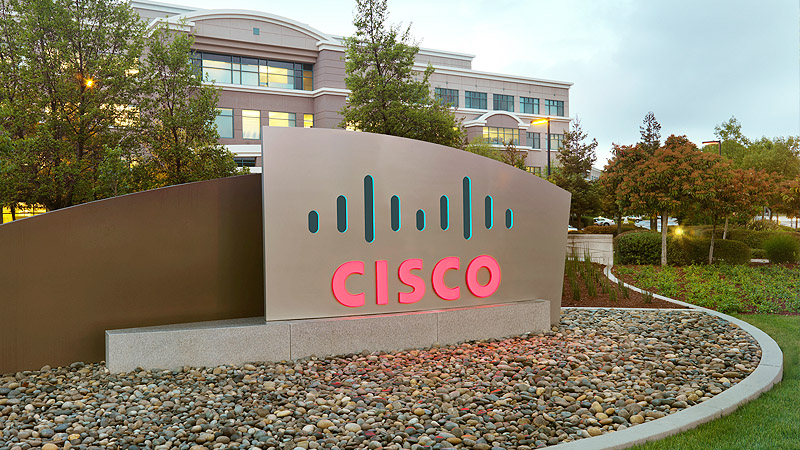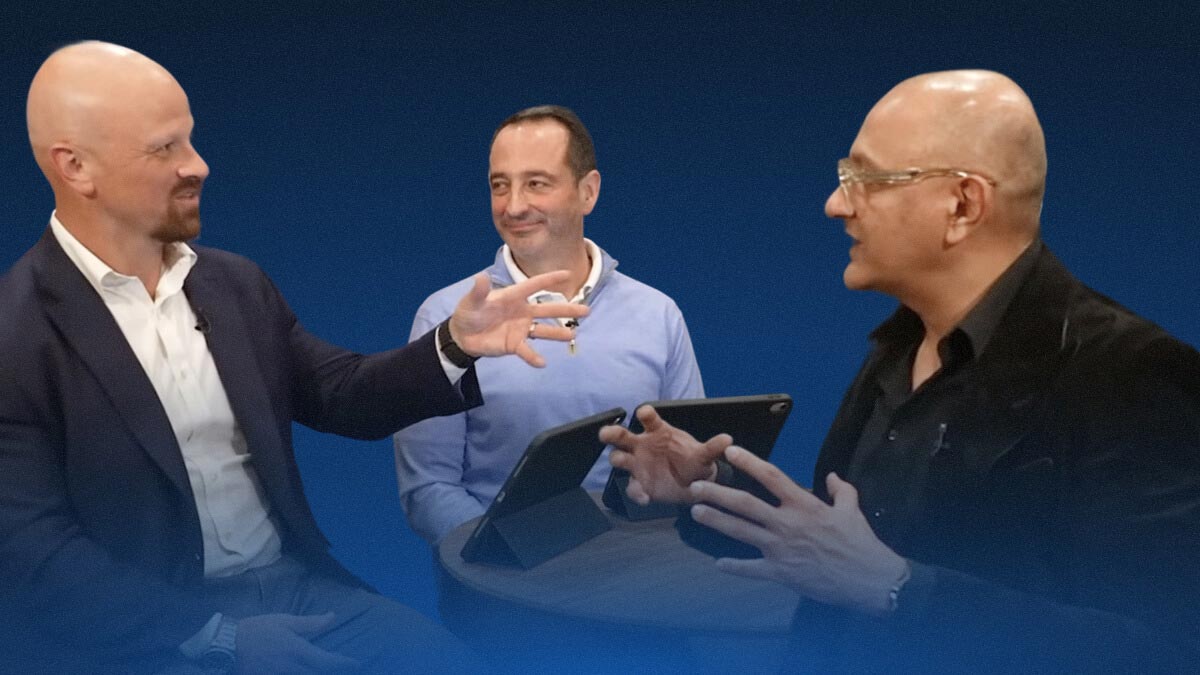If necessity is the mother of invention, then business billion-dollar markets are the driver of innovation. But in business, innovation and success aren't one and the same. For example, what good are cutting-edge technology and cool patents if the product never comes to market or solves a customer problem?
Cisco seems to have solved this problem. Walk through the offices and the catchword is practical innovation - new technologies that not only look good on paper but also help customers and, in turn, drive Cisco's insatiable hunger to extend, expand and improve the Internet. Cisco has a well-earned reputation for acquiring - but that only tells half the story. The often untold story is how Cisco engineering and marketing armies have created new technologies, indeed, new markets that are driving Cisco's phenomenal growth.
For an intrepid group of Cisco's innovators, it started in 1996 with a belief that the Internet and cable would inevitably marry. That sounds obvious now, but in 1996 the Internet was still being written off by some (even in the telecom industry) as a fad. "Four years ago, the concept of multiple services over the cable infrastructure was a 'twinkle in the eye,'" says Carson Chen, vice president and GM for the company's cable operations.
It wasn't smooth sailing at first. In fact, the cable program was killed in March 1997. But in a make-or-break meeting with Chen, CEO John Chambers made the pivotal decision to continue the program and provide two more engineering resources.
"Our message was that we had a track record of successful projects, we had a great team, we had great faith in the market because we knew the customers intimately, and we were only three months or so away from a prototype demo," said Cisco Distinguished Engineer Jim Forster (who knows the company well - afterall, he is employee Number 30).
"Although the cable program has faced many challenges, nothing was more pivotal than my meeting with John," Carson adds, "because he permitted the program to continue."
Good decision. Within a year, bolstered by the addition of then-cable GM Paul Bosco, the cable team was generating significant revenues for the company, and now its customers includes heavyweights such as Time Warner, AT&T, Cablevision and Media One and it recently reached a deal with Comcast to supply the gear for its next-generation cable systems.
"At Cisco, broadband is not a pipe, or a simple box of software. Instead, we built a market vision around high-speed data, voice and video services sharing a single broadband network, sparked by technology innovation," said Bosco.
Cisco's cable guys accelerated past the competition by out-innovating and out-executing them. For example, they drove the market by deploying small cable-routing devices using what is known as Data Over Cable Service Interface Specification (DOCSIS) technology. That set Cisco apart from its competitors and helped the company win businesses from top cable providers.
Nearly four years after Cisco's big gambit, Cisco is the number-one cable player with 70 percent of the headend market. It's hard to imagine that even Chambers would have guessed the bet would pay off so well.



